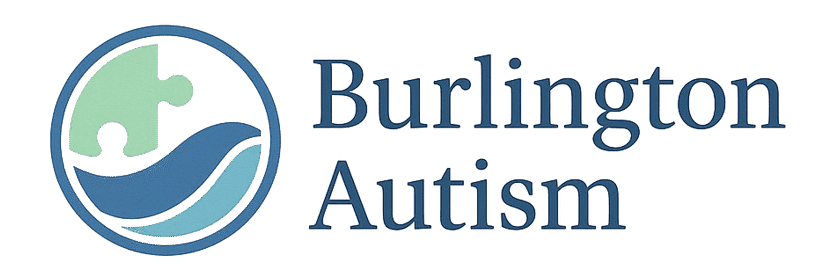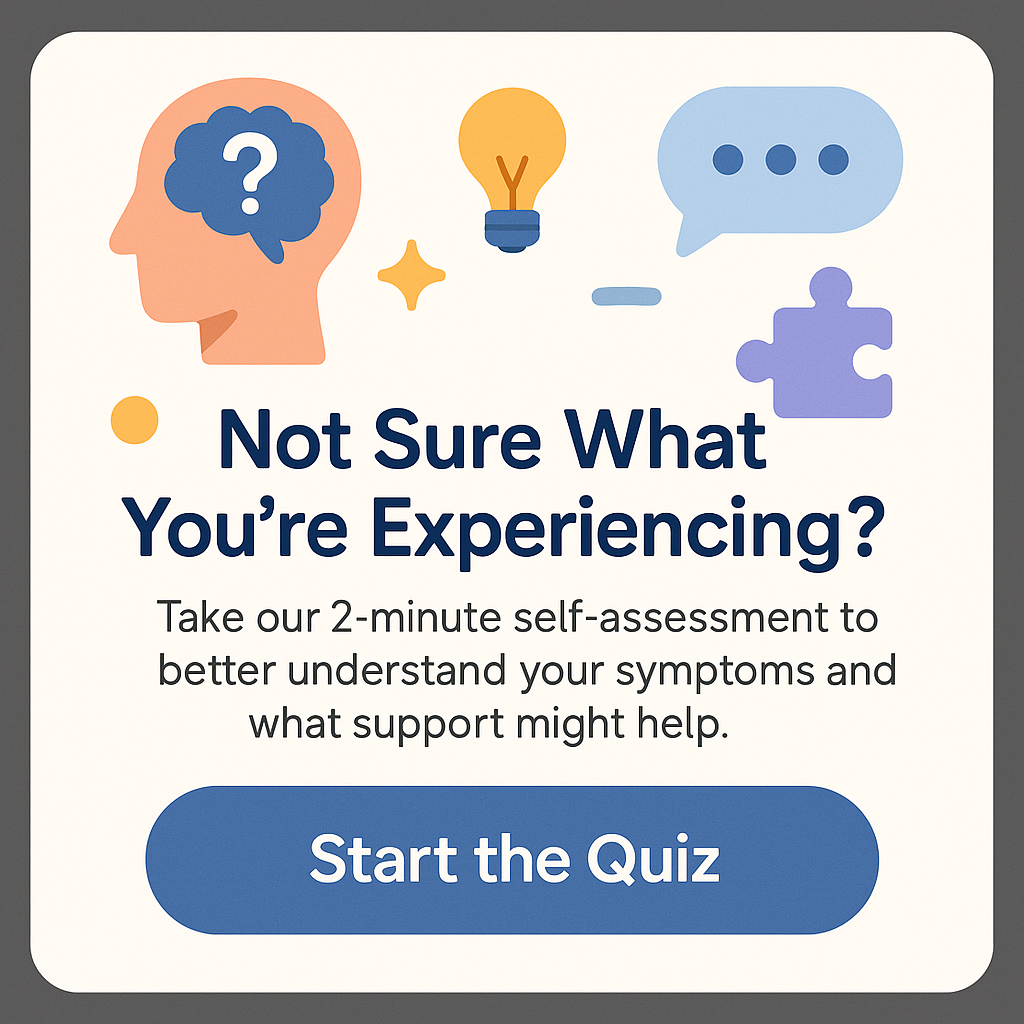What are the Three Main Symptoms of Autism?
Discover the three main symptoms of autism that can help you understand this condition better. Learn more and find guidance today!
Autism Spectrum Disorder (ASD) is a complex developmental condition that affects individuals in various ways. It can impact communication, behavior, and social interactions, leading many to ask, what are the three main symptoms of autism? Understanding these symptoms is crucial for early diagnosis and intervention, which can significantly improve the quality of life for individuals on the spectrum.
The symptoms of autism can manifest differently in each person, creating a spectrum of challenges and strengths. However, many professionals agree that there are three primary areas where symptoms typically appear: difficulties with social interaction, challenges in communication, and repetitive behaviors. In this article, we’ll delve deeper into these symptoms, their implications, and what families can do to help.
Difficulties with Social Interaction
When we speak about autism, one of the first things that come to mind is the challenges related to social interaction. But what exactly does that mean? For those asking, what are the three main symptoms of autism, this is usually the most visibly apparent symptom.
Individuals with autism may have difficulty understanding social cues and responding appropriately in situations. They might struggle to make or maintain eye contact, an important nonverbal form of communication. Their facial expressions might not always match their feelings, leading others to misinterpret their intentions and emotions.
For example, a child on the spectrum may not understand why a friend is upset or might not respond with empathy. They may also prefer to play alone rather than engage with peers, finding comfort in solitary play versus group games. This withdrawal can sometimes be mistaken for shyness, but it often stems from a genuine difficulty in navigating social landscapes.
Furthermore, autism can affect an individual’s ability to understand and form relationships. Children may find it challenging to make friends or maintain relationships because they do not naturally pick up on social nuances. Adults on the spectrum may face hardships in their workplaces and romantic pursuits due to their difficulties in engaging with peers or reading social cues.
Understanding these social challenges is crucial not only for families but also for educators and peers. Support systems, including therapy or social skills training, can aid in bridging these gaps, helping individuals with autism engage more successfully with their surroundings.
Challenges in Communication
The second major symptom of autism revolves around communication difficulties. For anyone wondering, what are the three main symptoms of autism, this aspect is often intertwined with social interaction but deserves special attention. Communication barriers can be both verbal and non-verbal, affecting how individuals express themselves and understand others.
Some children with autism may be nonverbal, while others may have delayed onset of speech. Verbal communication can range from limited speech to fluent language with complex grammar. However, even those who are verbal may struggle to hold conversations that flow naturally. They might take what others say too literally or struggle to comprehend idiomatic expressions.
An individual may also exhibit echolalia, repeating phrases or sounds they have heard before, often without understanding their context. This can be interpreted as a lack of communicative intent when, in fact, it’s a method of processing language. The challenges do not end there; individuals may find it hard to initiate conversations or lack the ability to maintain them, leading to misunderstandings.
In addition to difficulties in spoken communication, non-verbal communication can also pose challenges. Individuals might not demonstrate typical body language or gestures that convey understanding or agreement. Recognizing these hurdles can lead to better support mechanisms, such as speech therapy, which can aid in developing more effective communication strategies.
Repetitive Behaviors and Restricted Interests
The third symptom that ties into what are the three main symptoms of autism is the presence of repetitive behaviors and restricted interests. This can manifest in various ways—from hand-flapping or rocking to a strong preference for routines or specific topics. Understanding the significance of these behaviors is critical, particularly in deciphering the richness of the autistic experience.
Repetitive behaviors can serve as a source of comfort for individuals with autism. For instance, when faced with stress or overwhelming situations, engaging in a repetitive action can help calms them down. While these behaviors may seem unusual to an outsider, they often play a vital role in managing anxiety.
Additionally, many individuals with autism may develop profound interests or hobbies that can dominate their focus. This can lead to exceptional knowledge in specific subjects, but it might also restrict their willingness to engage in other activities. Fostering these interests can be a powerful tool for motivation and learning, turning what might be seen as a limitation into a strength.
Conclusion
In summary, understanding what are the three main symptoms of autism provides critical insights into this multifaceted condition. Difficulties with social interaction, challenges in communication, and the presence of repetitive behaviors all encapsulate the autistic experience uniquely. Recognizing these symptoms not only aids in early diagnosis and intervention but also fosters a compassionate approach to supporting those on the spectrum.
Families, educators, and the community play pivotal roles in providing the necessary tools and environments for individuals with autism to thrive. As awareness builds, we can advocate for better understanding, resources, and acceptance within our society. Together, we can make significant strides toward inclusivity and support for those with autism.
FAQs
1. Can autism symptoms change over time?
Yes, symptoms can evolve as individuals grow and develop new coping strategies. Early intervention can often lead to improved outcomes.
2. Are there different types of autism?
Autism Spectrum Disorder is a broad term that encompasses various manifestations of the condition, including Asperger’s syndrome and more severe forms; however, these distinctions are less emphasized in recent diagnostic criteria.
3. How is autism diagnosed?
Diagnosis typically involves a series of behavioral evaluations, developmental history assessments, and often, input from parents or caregivers to ensure comprehensive understanding.
4. What are the effective treatments for autism symptoms?
Interventions may include behavioral therapies, speech therapy, and educational support. Each treatment plan tends to be tailored to the individual’s unique needs and strengths.
5. Where can I find support for my child with autism?
Many organizations provide support and resources, such as the Autism Society or local community support groups. It’s best to connect with healthcare professionals for local services and support networks.
Understanding Autism Funding BC: A Comprehensive Guide







